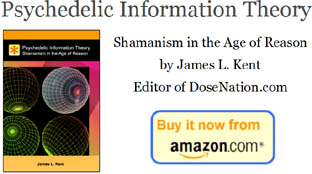
PayPal
BitCoin
Facebook
Twitter
Amazon
RSS
iTunes
DoseNation Podcast
The DoseNation Podcast brings you weekly news and talk on drugs, science, consciousness, spirituality, politics, and more. Visit DoseNation.com every Saturday at 5PM Eastern (2PM Pacific) to listen live, or subscribe and download the podcast each Wednesday.
Close «










From Post: DoseNation 30: Thomas Roberts, The Psychedelic Future of Mind